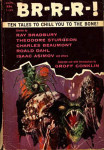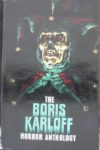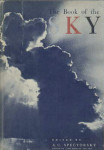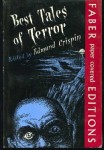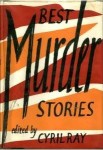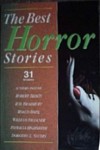Sections: Information | Covers
Information
- Published by:
- Bantam Books, 1956, USA.
- Edited by: Ray Bradbury
- Contains:
- Also contains:
- “The Circus of Dr. Lao” by Charles Finney
- “The Pond” by Nigel Kneale
- “The Summer People” by Shirley Jackson
- “Earth’s Holocaust” by Nathaniel Hawthorne
- “Buzby’s Petrified Woman” by Loren Eiseley
- “The Resting Place” by Oliver LaFarge
- “Threshold” by Henry Kuttner
- “Greenface” by James H. Schmitz
- “The Limits of Walter Horton” by John Seymour Sharnik
- “The Man Who Vanished” by Robert M. Coates
Covers
- Bantam Books, 1956





